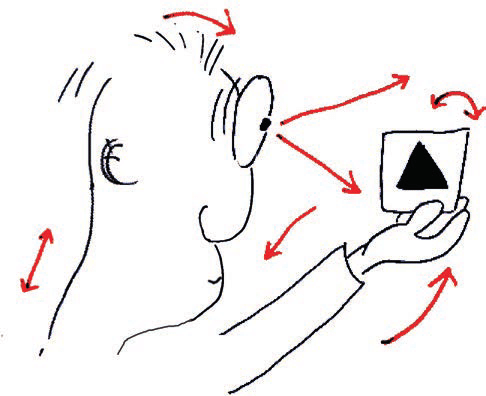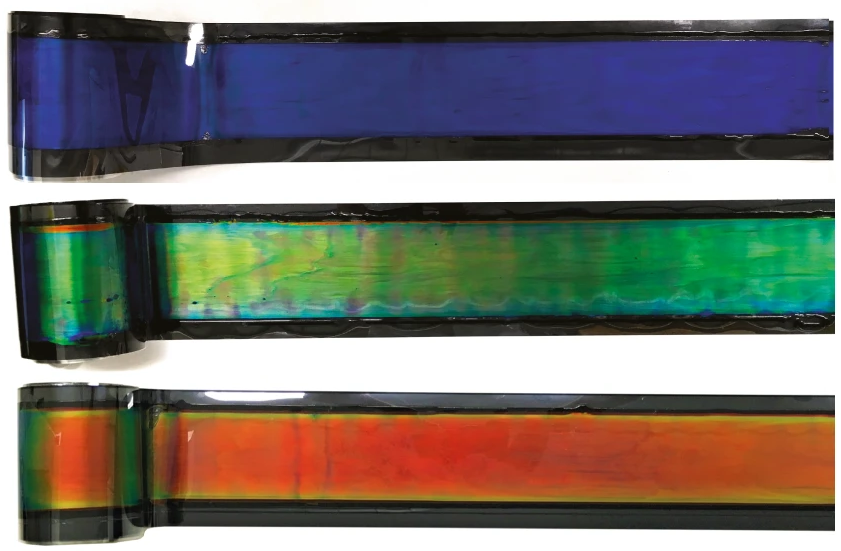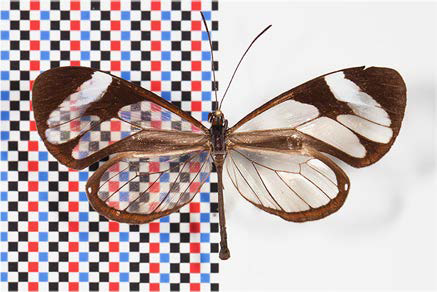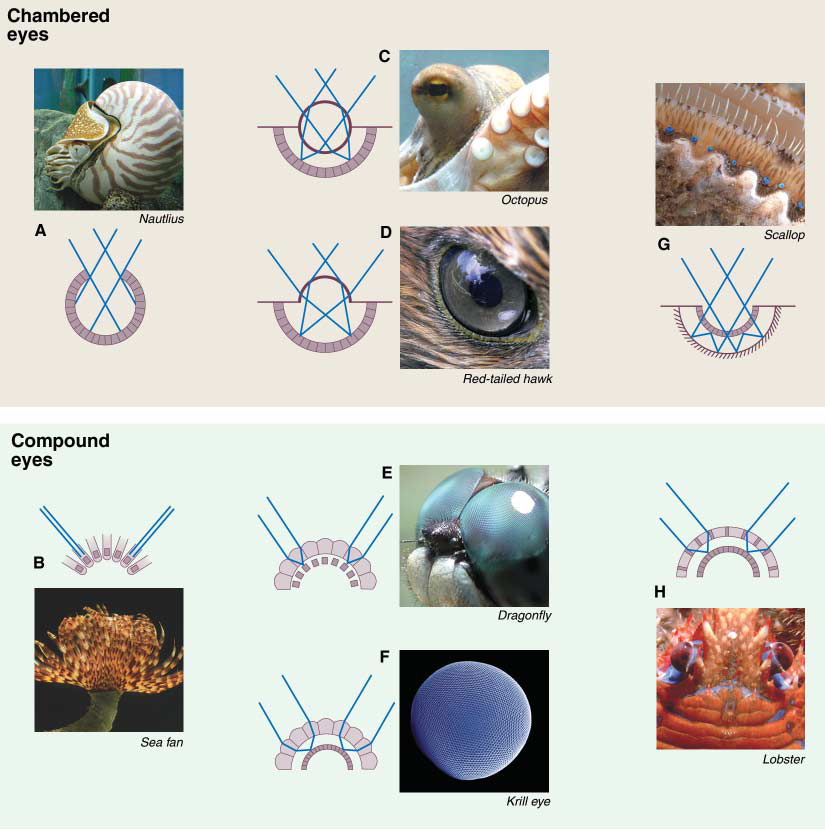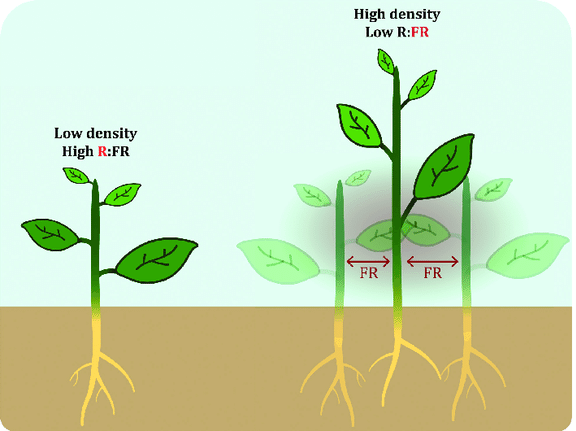Future?
A long term challenge is to gather disparate concepts (in optics, light transport, image analysis and perception) into a single theory of appearance, with the goal of understanding the visual worlds of humans, animals, and even plants.
Harnessing that theory may help answer questions in more distant scientific domains. Below I give several examples that pose ambitious challenges.
Active visual perception
Perception of light coming from the environment nearly always involve some action from the observer: body, head or eye motion. According to the theory of Active Perception, actions of the observer cannot be factored out to understand perception, since these actions most likely allow the refinement of a dynamic perceptual process that may be task-dependent.
How may active vision be applied to the perception of appearance? One interesting direction is the Reverse Hierarchy Theory, where both (implicit) bottom-up and (explicit) top-down processes are considered to play a role in perception. Another is the Sensorimotor Theory, which relates visual perception (as well as other sensory modalities) to things that one does, hence centered on interaction with the world.
Bio-inspired materials
Materials found in nature, in particular those yielding structural colors, are a wonderful source of inspiration for the manufacture of materials exhibiting bright, vivid and potentially iridescent colors, with the added advantage of requiring low energy for fabrication and of being easily recyclable. Extisting materials such as cellulose-based laminates already show promising results.
How can the appearance space of bio-inspired materials be determined? This would likely simplify the material design task, but it requires to take multiple considerations into account: chemical & optical properties at the smallest scales, but also an ability to characterize the design space of specific families of materials, a problem that CG techniques could help solve.
Behavioral ecology
The surprising material structures found in plants and animals have evolved for multiple reasons, and their visual aspect is only one key to understand that evolution since structures are often the result of multi-functional compromises. Even if we restrict ourselves to vision, optical material properties are not enough since they cannot alone explain complex signals involved in crypsis or aposematism.
How may we relate the optical properties of natural materials to the behavior of animals? The relationship of an animal to its background here seems to be crucial, as is well shown by the cryptic abilities of glasswing butterflies such as Greta Oto. But lighting in specific habitats will also play a major role in determining which visual signals reach a predator or a conspecific.
Animal Vision
Giving an accurate description of visual signals reaching a point of view is not the end of the story, since different animals perceive those signals differently. Not only the structures of eyes may greatly differ between animals, but the way they make use of visual signals will also be crucial.
How may we find ways to see through animal eyes? This sounds like an impossible question to answer. A simpler (yet still challenging) objective would be to understand which aspects of the environment are filtered out by a particular type of animal eye. A more adventurous goal would be to look for ways to translate animal experience into one that makes sense to us.
Plant biology
Plants also process light reaching their organs in three major ways: photosynthesis, heliotropy and photomorphogenesis. An interesting example of the latter is the Shade Avoidance Syndrome where the spectral content of light allows to locate nearby plants to avoid their (near-future) shadows.
How may light transport simulations help understand plant “vision”? This will likely require to determine the spectral content of light reaching a plant in a complex scene in a directionally-dependent way. The modelling of plant materials (in particular leaves) should also be useful in caracterizing how light is filtered by a canopee.

